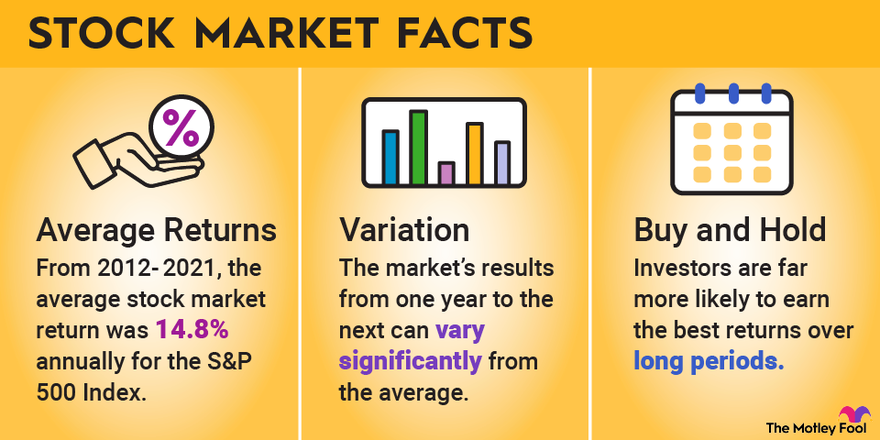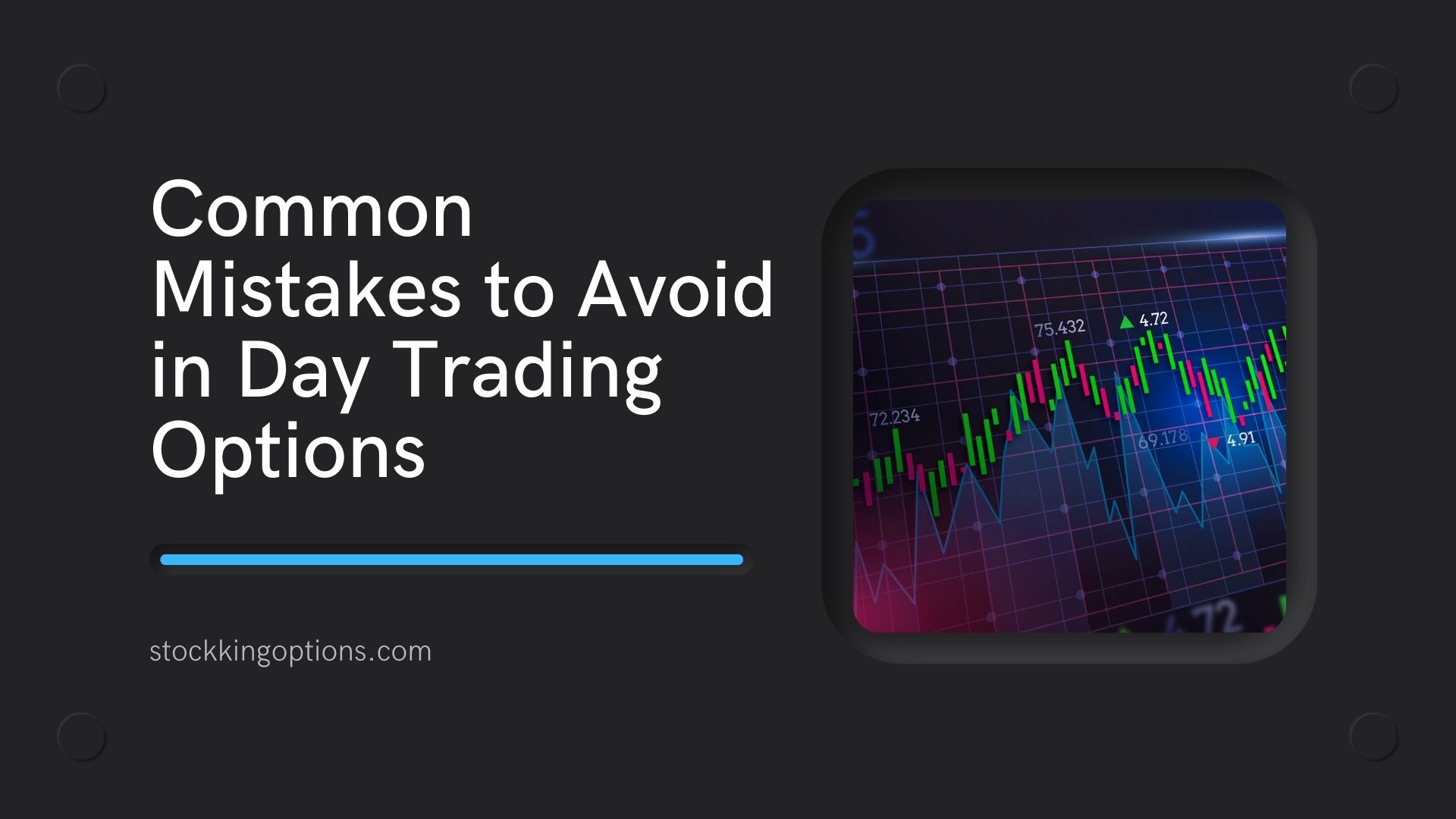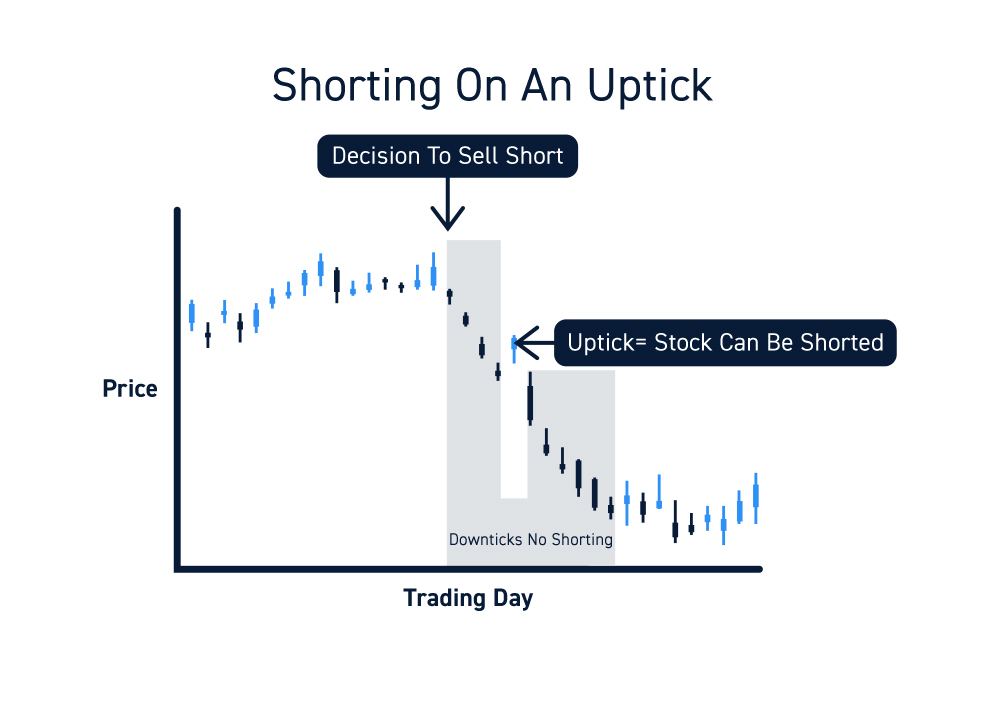Did you know that day traders often consume more coffee in a week than most people do in a month? This caffeine-fueled lifestyle is just one of the many unique aspects of day trading. In this article, we explore what sets day trading apart from other trading methods, highlighting its defining characteristics, time frames, and specialized strategies. Learn how risk management practices differ from long-term investing, the tools day traders rely on, and the psychological factors that can influence their success. We’ll also discuss the impact of commissions on profitability, advantages of day trading, common pitfalls to avoid, and essential regulations to keep in mind. With insights from DayTradingBusiness, you'll gain a comprehensive understanding of how to effectively navigate the fast-paced world of day trading.
What is day trading and how does it differ from other trading methods?
Day trading involves buying and selling financial instruments within the same trading day, aiming to capitalize on short-term price fluctuations. Unlike other trading methods, such as swing trading or long-term investing, which hold positions for days, weeks, or months, day traders close all positions by the end of the day to avoid overnight risk. Day trading requires quick decision-making and often relies on technical analysis and real-time market data. This fast-paced strategy differs from other methods by focusing on immediate market movements rather than long-term trends.
What are the key characteristics of day trading?
Day trading is characterized by buying and selling financial instruments within the same trading day. Key traits include:
1. Short Holding Period: Positions are opened and closed in minutes or hours, never overnight.
2. High Frequency: Traders execute multiple trades daily to capitalize on small price movements.
3. Technical Analysis: Decisions are based on charts, indicators, and market trends rather than fundamental analysis.
4. Leverage Use: Traders often use borrowed funds to amplify potential returns, increasing risk.
5. Risk Management: Strict stop-loss orders are essential to limit losses due to market volatility.
6. Market Knowledge: Successful day traders must stay informed about market news and events that can affect prices.
These elements set day trading apart from longer-term strategies, focusing on rapid execution and quick profits.
How does the time frame of day trading compare to swing trading?
Day trading involves buying and selling securities within the same trading day, often making multiple trades to capitalize on small price movements. In contrast, swing trading holds positions for several days to weeks, aiming to profit from larger price swings. Thus, the key difference lies in the time frame: day traders seek quick gains within hours, while swing traders focus on capturing bigger trends over days or weeks.
What types of strategies are unique to day trading?
Day trading strategies focus on short-term price movements and typically include scalping, momentum trading, and range trading. Scalping involves making quick trades to capture small price changes, while momentum trading capitalizes on trends, buying stocks that are moving significantly in one direction. Range trading identifies price levels where a stock consistently bounces, enabling traders to buy low and sell high within that range. These strategies rely on technical analysis, real-time data, and quick decision-making, setting day trading apart from longer-term trading approaches.
How do risk management practices vary between day trading and long-term investing?

Risk management in day trading focuses on quick, short-term strategies. Traders often use stop-loss orders to limit losses on individual trades, aiming to protect capital within a single day. Position sizing is critical; they risk only a small percentage of their capital on each trade.
In contrast, long-term investing involves a broader perspective. Investors typically diversify their portfolios to spread risk across various assets. They may tolerate short-term volatility, relying on fundamental analysis to make informed decisions and hold positions for years, mitigating risk through time rather than immediate actions.
Overall, day trading prioritizes rapid, reactive strategies, while long-term investing emphasizes strategic planning and diversification.
What tools and resources do day traders typically use?
Day traders typically use real-time charting software, trading platforms like MetaTrader or Thinkorswim, and news feeds for market updates. They rely on technical analysis tools, such as indicators and oscillators, to make quick decisions. Risk management resources, like stop-loss orders and position sizing calculators, are also essential. Additionally, many use virtual trading accounts for practice and strategy development. Access to a strong internet connection and a reliable computer setup is crucial for executing trades efficiently.
How does market analysis differ for day traders versus investors?
Market analysis for day traders focuses on short-term price movements and technical indicators, using charts and patterns to make quick trades. They rely on real-time data, volume analysis, and news events to capitalize on small price fluctuations throughout the day.
In contrast, investors conduct fundamental analysis, examining a company's financial health, market position, and long-term growth prospects. They look at earnings reports, economic indicators, and industry trends to make decisions that span months or years.
Essentially, day traders prioritize speed and timing, while investors emphasize value and long-term potential.
What psychological factors impact day trading success?
Day trading success hinges on several psychological factors:
1. Discipline: Sticking to a trading plan without deviating due to emotions is crucial.
2. Risk Tolerance: Understanding and managing risk helps prevent impulsive decisions.
3. Emotional Control: Keeping emotions like fear and greed in check can lead to more rational trading choices.
4. Focus: Maintaining concentration during fast market movements is essential for timely decisions.
5. Adaptability: Being flexible to market changes and adjusting strategies is vital.
6. Confidence: A strong belief in one's analysis can drive decisive actions, but overconfidence can lead to losses.
These factors differentiate day trading from other trading styles, where longer-term strategies may allow for more emotional leeway and less immediate pressure.
How do commissions and fees affect day trading profitability?
Commissions and fees significantly impact day trading profitability by reducing overall returns. High-frequency trades incur costs that can quickly add up, eating into profits. For example, if your strategy yields a 5% gain but you pay 1% in commissions, your net profit shrinks to 4%. Additionally, fees can discourage small gains, making it harder to achieve consistent profitability. Keeping commissions low is crucial; consider using brokers with zero-commission trading to maximize your earnings.
What are the advantages of day trading over other trading styles?
Day trading offers several advantages over other trading styles. First, it allows traders to capitalize on short-term price movements, which can lead to quick profits. Second, day traders avoid overnight risks since all positions are closed by the end of the trading day, reducing exposure to market volatility. Third, it provides the opportunity for high frequency of trades, which can amplify potential gains. Additionally, day trading relies on technical analysis and real-time data, enabling traders to make informed decisions rapidly. Lastly, it fosters a more active trading environment, which can be more engaging for those who prefer dynamic market interactions.
Learn about How to Balance Day Trading with Other Responsibilities
What are the common pitfalls to avoid in day trading?

Common pitfalls to avoid in day trading include overtrading, which can lead to high commission costs and poor decision-making. Failing to set stop-loss orders can result in significant losses. Emotional trading, driven by fear or greed, often leads to mistakes. Ignoring market trends and not conducting thorough research can also hurt performance. Lastly, neglecting to have a solid trading plan can leave you unprepared for market volatility.
## What Sets Day Trading Apart from Other Trading Strategies?
Day trading involves buying and selling financial instruments within the same trading day, aiming to profit from short-term price movements. What makes day trading different from other trading is its focus on quick trades, frequent transactions, and the use of leverage, compared to longer-term strategies like swing trading or investing, which hold positions for days, weeks, or months.
Learn more about: What is Day Trading?
Learn about What Are Day Trading Breakout Strategies?
How does capital requirement differ for day trading?
Capital requirements for day trading differ significantly from other trading due to the need for higher liquidity and margin. Day traders must maintain a minimum balance of $25,000 in their accounts to avoid being classified as a pattern day trader by FINRA. This requirement ensures they can execute multiple trades within a single day without violating regulations. In contrast, long-term investors typically have lower capital requirements since they do not engage in frequent trading. Additionally, day traders often use margin accounts, allowing them to leverage their capital further, which increases both potential gains and risks.
What role does volatility play in day trading?
Volatility is crucial in day trading because it creates opportunities for quick price movements, allowing traders to capitalize on small price fluctuations. High volatility increases the potential for profit within a single trading session, making it essential for executing multiple trades. Unlike long-term investing, day trading relies on these rapid changes, as traders aim to buy low and sell high within the same day. Low volatility can limit profit potential, making it less attractive for day traders.
How can beginner day traders get started effectively?
Beginner day traders can get started effectively by focusing on a few key areas. First, educate yourself on day trading strategies, such as scalping or momentum trading. Practice with a demo account to develop your skills without risking real money. Choose a reliable trading platform that offers real-time data and low commissions. Set clear goals and establish a risk management plan to protect your capital. Finally, stay disciplined and stick to your trading plan, avoiding emotional decisions.
What regulations should day traders be aware of?

Day traders should be aware of the Pattern Day Trader (PDT) rule, which requires maintaining a minimum balance of $25,000 in a margin account if you execute four or more day trades within five business days. Additionally, understand the risks associated with margin trading and be mindful of tax implications, as short-term capital gains are taxed at your ordinary income rate. Familiarize yourself with SEC regulations and any specific rules from your brokerage that might affect trading strategies or fees.
How do day trading taxes differ from other trading forms?
Day trading taxes differ from other trading forms primarily due to the holding period. Day traders typically buy and sell securities within the same day, leading to short-term capital gains, which are taxed at ordinary income rates. In contrast, long-term investors who hold assets for over a year benefit from lower capital gains tax rates. Additionally, day traders may qualify for special tax treatment under Section 1256 contracts, allowing for a 60/40 split of gains between short and long-term rates. This can significantly impact overall tax liability compared to standard trading.
Learn about How to Learn from Day Trading Mistakes
Conclusion about What Makes Day Trading Different from Other Trading?
In summary, day trading stands out due to its unique characteristics, strategies, and risk management practices that cater to short-term market movements. The emphasis on quick decision-making and real-time analysis differentiates it significantly from swing trading and long-term investing. Understanding the psychological aspects, market volatility, and associated costs is crucial for success. For those looking to navigate this fast-paced environment, DayTradingBusiness offers valuable insights and resources to enhance your trading journey.
Sources:
- The cross-section of speculator skill: Evidence from day trading ...
- Utilizing artificial neural networks and genetic algorithms to build an ...
- Artificial Intelligence Can Make Markets More Efficient—and More ...
- Day Traders, Noise, and Cost of Immediacy | NBER
- The Trading Profits of High Frequency Traders*
- The price discovery role of day traders in futures market: Evidence ...